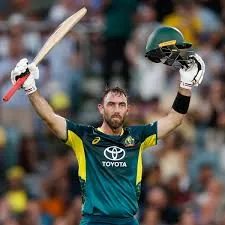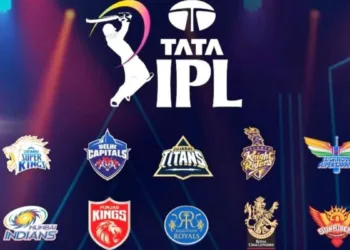The Premier League has been long documented as the most financially strong league in the world. Players are offered some of the best salaries, with clubs also being able to spend a huge amount of money on transfers to bolster their squads and challenge at the top levels of the sport.
But in recent times, conversations discussing the idea of a wage cap have become far more frequent. Anchoring – which sees the maximum wage bill a top club can have to be the multiple of the television revenue generated by the least financially well-off club in the top flight, is one of the ways suggested.
Will the Premier League wage cap make teams more competitive?

The spending power of English clubs is far beyond clubs in Spain, Italy or Germany as of 2023. And this has resulted in a significant gap in terms of the quality of players a club can recruit in England vs the rest of Europe.
A wage cap would impose restrictions on how much these recruited players will earn, which can limit the transfer fees that the clubs end up paying as well.
The number of televised matches is set to increase to 270 from 200, as per an official tender issued by the Premier League. But the Saturday 3pm blackout will remain intact to encourage fans to attend games at the stadium.
On the other hand, the Sunday 2pm slot given to clubs competing in the Europa and Europa Conference League will be televised for fans.







